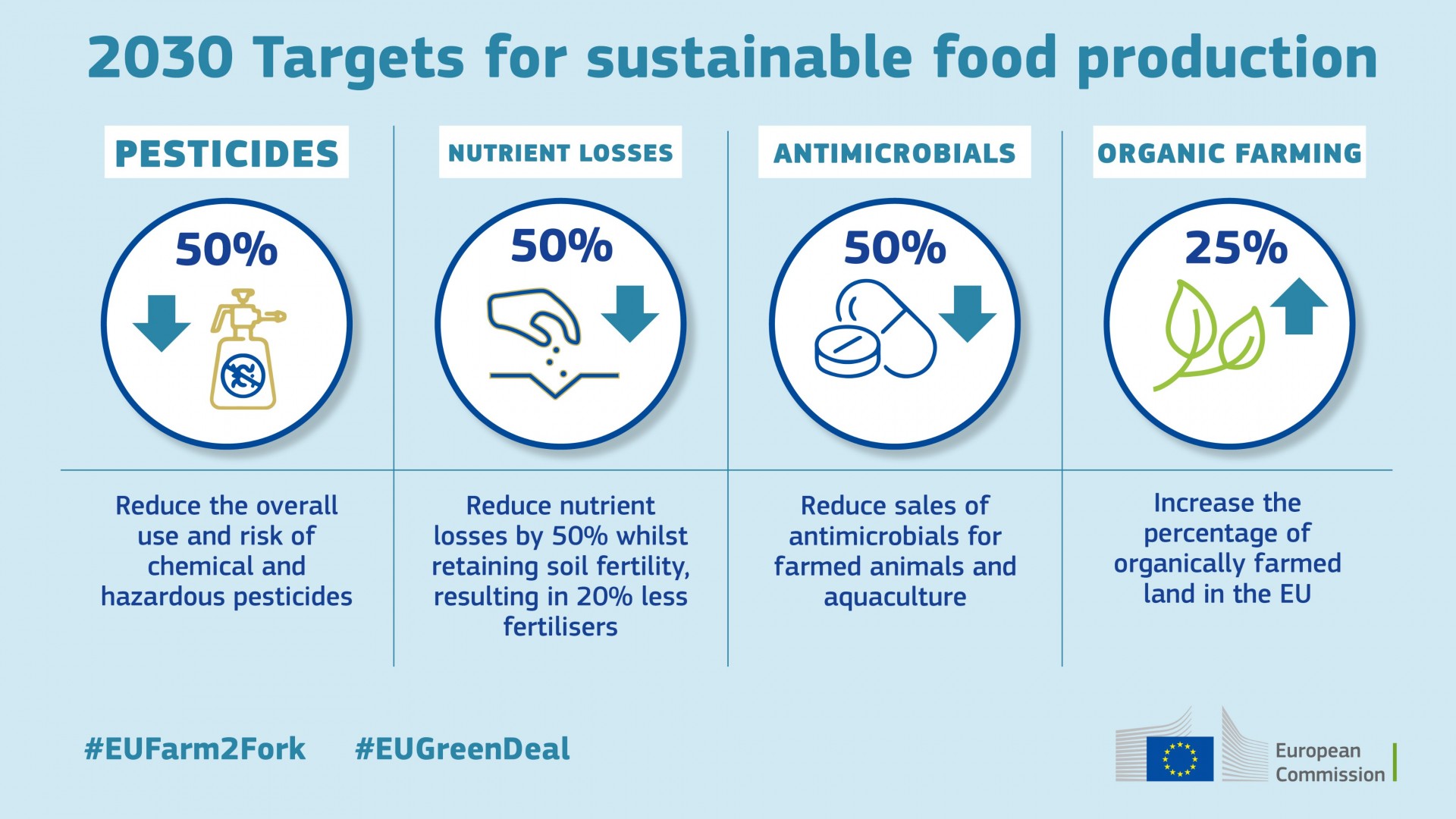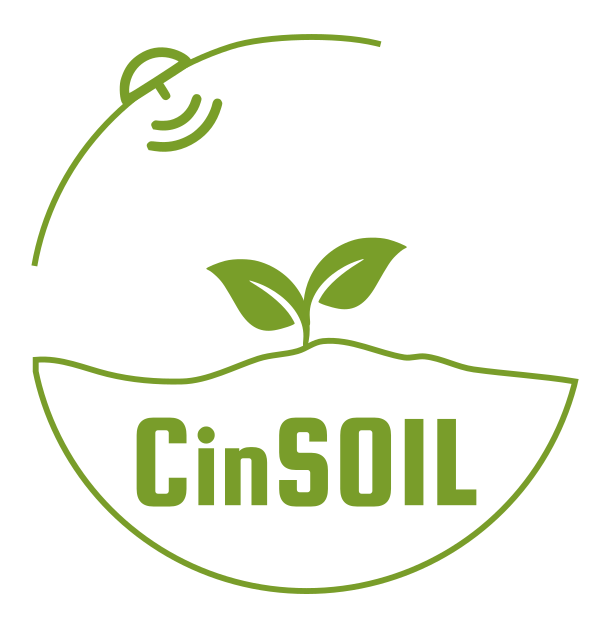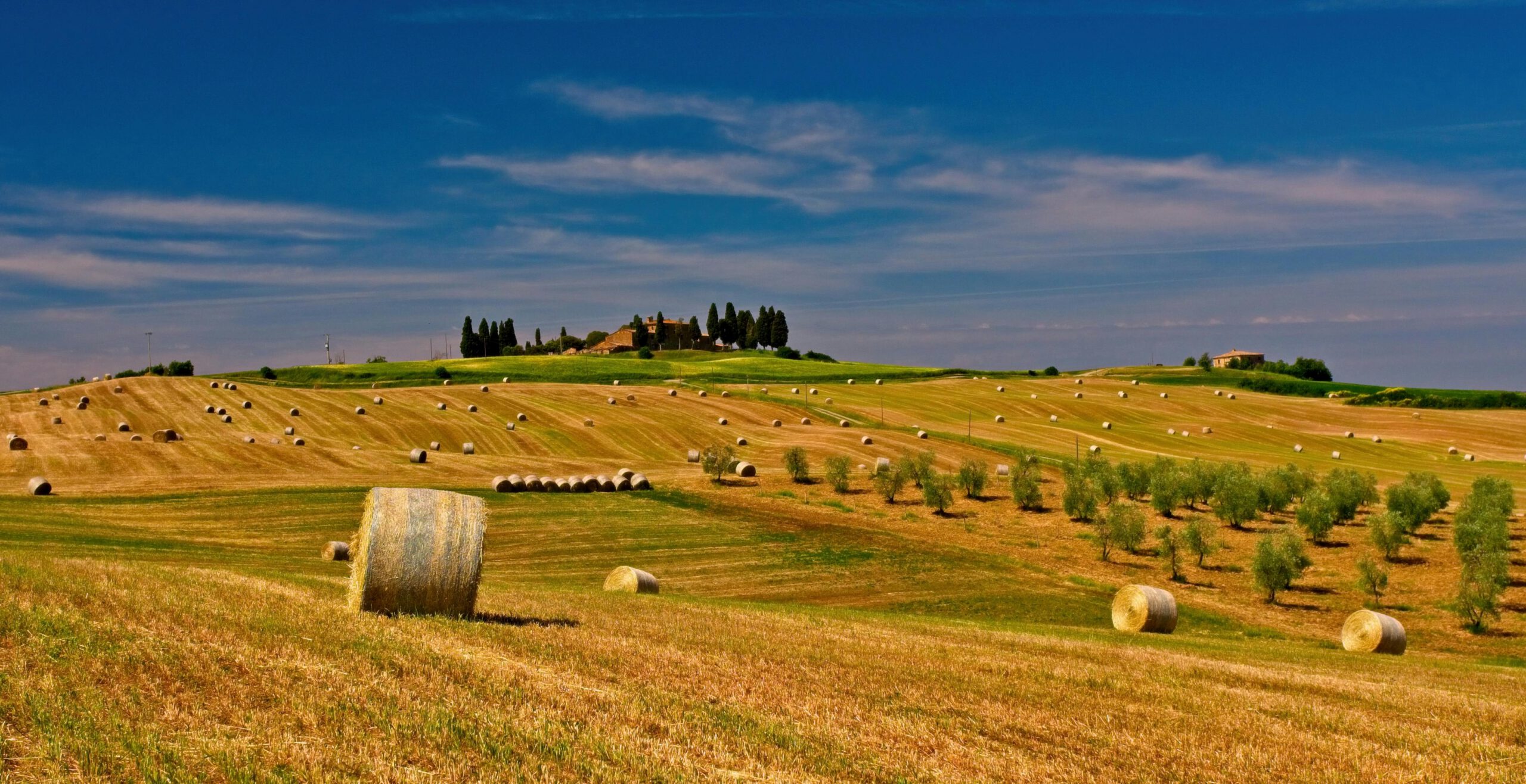In the face of the current global climate crisis, innovative agricultural practices are increasingly in the spotlight. Regenerative agriculture and agroecology are approaches that are gaining traction for their potential to enhance sustainability and resilience in farming systems. The European Green Deal aims to make Europe the first climate-neutral continent by 2050. One of its key components is the Farm to Fork Strategy, which emphasizes sustainable food production and reduced environmental impacts. Regenerative agriculture and agroecology align with these goals, offering pathways to restore ecosystems, enhance biodiversity, and sequester carbon in soils.
The Farm to Fork Strategy incorporates regenerative agriculture through :
- Promoting sustainable farming practices: Encouraging techniques that improve soil health, reduce dependency on chemical inputs, and enhance biodiversity.
- Support for organic farming: Organic agriculture often includes regenerative practices, and the strategy aims to expand the area under organic farming to 25% by 2030.
- Funding and incentives: Providing financial support for farmers who adopt regenerative practices through the Common Agricultural Policy (CAP) and other EU funding mechanisms.
- Research and innovation: Investing in research to develop and promote regenerative agricultural techniques.

Regenerative agriculture and agroecology align with the Farm to Fork objectives and are central tools to achieve the Green Deal goals.
The Farm to Fork Strategy incorporates agroecology through:
- Encouraging diversified farming systems: Promoting crop rotations, intercropping, and other methods to enhance ecosystem resilience and productivity.
- Supporting ecosystem services: Recognizing and rewarding farmers for providing ecosystem services like pollination, pest control, and nutrient cycling.
- Reducing chemical inputs: Setting targets for reducing pesticide and fertilizer use, which aligns with agroecological principles of minimizing external inputs.
- Strengthening local food systems: Supporting local and regional food supply chains to reduce the environmental impact of food transport and enhance community resilience.
Both regenerative agriculture and agroecology are central to the Farm to Fork Strategy’s goal of creating a more sustainable, resilient, and fair food system in the EU. These approaches help achieve the strategy’s objectives of reducing the environmental and climate footprint of food production, enhancing biodiversity, and ensuring food security and public health.
Despite the benefits of regenerative agriculture and agroecology, several barriers hinder their widespread adoption. At CinSOIL, we recognize the pivotal role these practices play in meeting the ambitious targets set by the European Green Deal. Our mission is to address the critical gaps that hinder the widespread adoption of Carbon Farming by developing robust tools for measuring, monitoring, reporting, and verifying (MMRV) soil carbon stocks, along with a decision support system (DSS) for farmers. Together, we can build a resilient agricultural system that meets the Green Deal objectives and secures a sustainable future for all.


